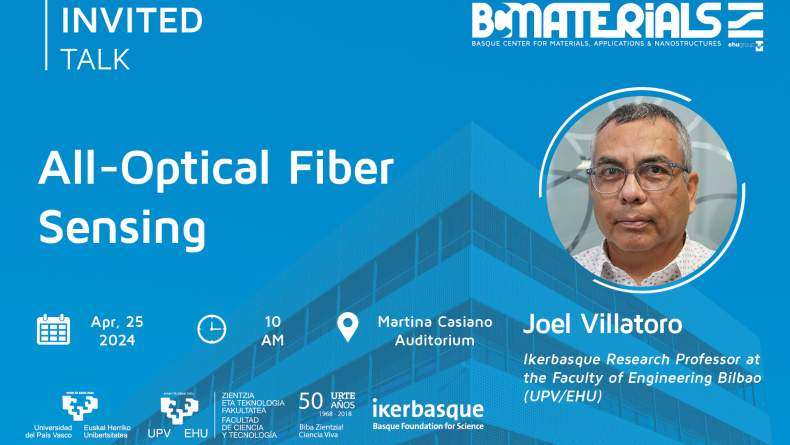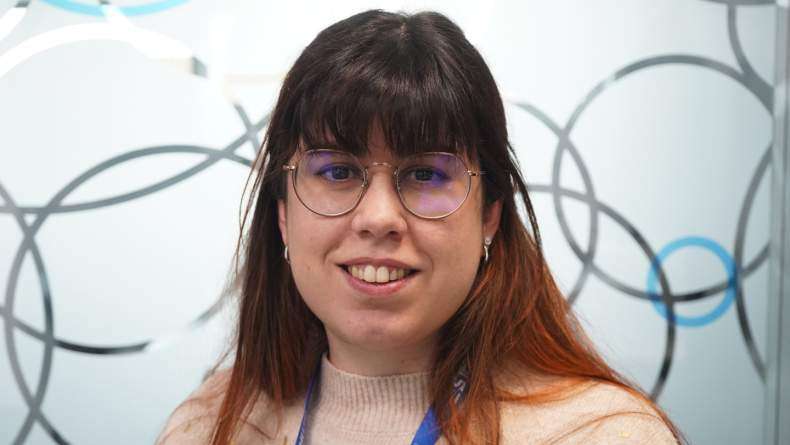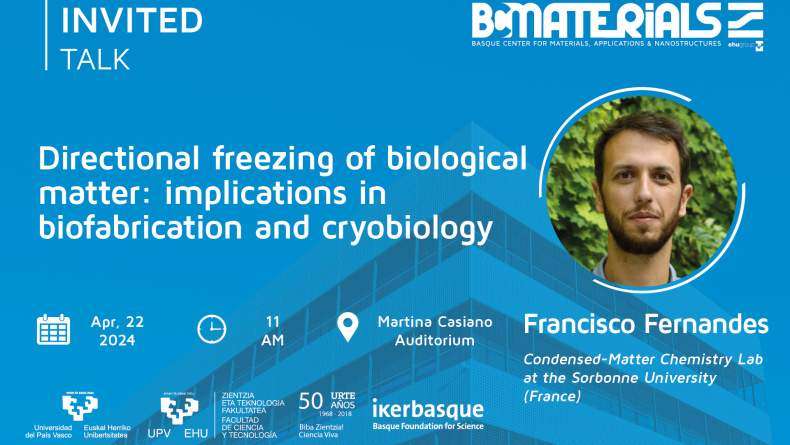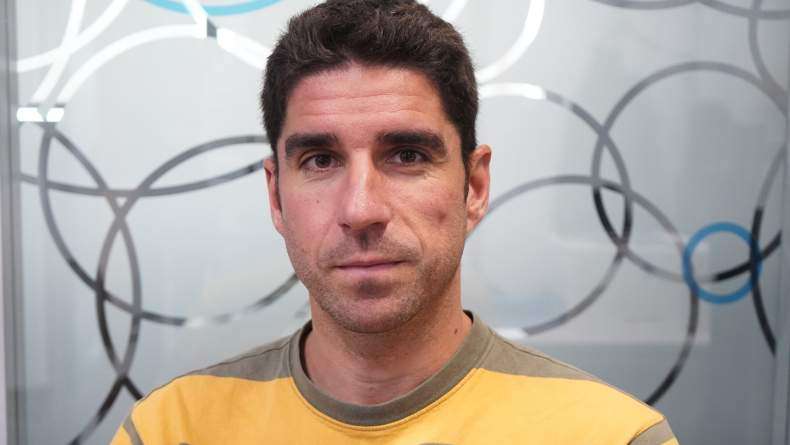BCMaterials Fortnightly Seminars #14

[break]
“Permalloy nanodisks prepared by colloidal lithography for biomedical applications”
Maite Goiriena
Magnetic nanoparticles are extensively studied for biomedical applications because their size are comparable to biological entities, while providing remote capabilities of actuation. Disk shaped ferromagnetic nanostructures display an attractive alternative to chemically-synthetized oxide nanoparticles that are used normally. First, Permalloy (Py) nanodisks display much higher saturation magnetization and second, with the appropriate dimensions, they can present a spin vortex magnetic configuration, which leads to net zero magnetization at remanence, eliminating the problem of particle agglomeration. Therefore, Py nanodisks present a huge potential for biomedical applications, ranging from cancer cell destroy by hyperthermia or mechanical actuation to MRI contrast enhancement and drug delivery. In fact, micrometric disks has been shown to produce cell apoptosis by their mechanical oscillation under a low ac field. Disks in the nanometer scale might cross cell membrane expanding the biomedical possibilities.
The fabrication methods of nanostructures such as electron beam lithography or deep UV photolithography offer a high control on particle size and geometry, but they imply either a very low yield production or the use of state of the art and expensive equipment. As a satisfactory alternative, self-assembling routes provide high volume and low cost production of Py nanodisks. In this work we demonstrate the excellent capabilities of Hole-mask Colloidal Lithography (HCL) to produce high quality Py nanodisks with a yield adequate for biomedical applications (several micrograms per cm2, approximately 1 miligram in a 2´´ wafer).
The parameters of HCL process allow to obtain Py nanodisks with different dimensions controlling a well-defined magnetic vortex state. Effective procedures for releasing the fabricated nanodisks from the substrate are under development, which will permit in vitro biomedical experiments.
“Nanocellulose for flexible electronics” Eduardo FernándezSummary The main objective of this investigation is to use the cellulose as substrate for electronics. The cellulose when crystalizes is opaque, however can be fabricated in a manner where are crystalized clusters with different grain sizes. In this case the cellulose is transparent. We characterize the structural properties and its dielectrical properties of the cellulose for flexible electronic applications.
Related news
Invited Talk with Joel Villatoro on April 25
On April 25, BCMaterials will receive Dr. Joel Villatoro as a new invited speaker with the talk entitled “"All-Optical Fiber Sensing". The talk will start at 10:00 at the Martina Casiano auditorium (…Eloie Gallego, New Research Technician Assistant
BCMaterials welcomes Eloie Gallego, who joins our center as new Research Technician Assistant. She will work giving service to a growing laboratory activity in our facilities. Eloie’s academical and…Invited Talk with Francisco Fernandes on April 22
BCMaterials will offer a new invited talk on April 22 with Francisco Fernandes, Associate Professor of the Condensed-Matter Chemistry Lab at the Sorbonne University (France) The talk will begin at…Jorge Saiz, New Ramón y Cajal Researcher at BCMaterials
We are happy to receive Jorge Saiz Galindo as new Ramón y Cajal Fellow, post-doctoral researcher in BCMaterials. Dr. Saiz obtained his degree in Biology and his PhD at the University of Alcalá, in…



